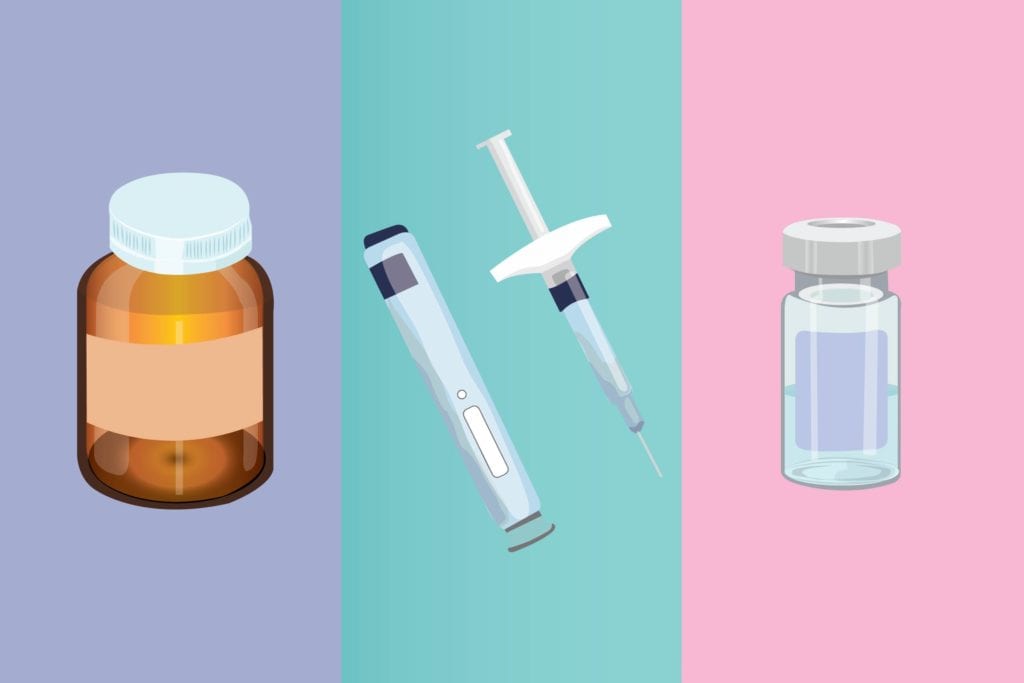

Treating a chronic disease as aggressively as possible — whether that means taking a higher dose of medication or combining a few treatments — is often the best way to get it under control. But there can be a downside: When you take more medication, your risk of side effects and adverse events may increase.
The latest guidelines from the American College of Rheumatology say that all doctors should use a something called a “treat-to-target” approach for patients with rheumatoid arthritis (RA).
What that means: Your doctor should set a specific goal for you (such as remission or low disease activity) and treat you as intensely as needed to make that goal happen.
But is the cost of that strategy too high? While dealing with some minor additional side effects (like dry mouth or headache) might not be too big a deal for most patients, adverse events from treat-to-target (such as liver damage or kidney failure) are another story: They can land you in the hospital and even threaten your life.
To find out whether the treat-to-target approach for managing RA is more dangerous, researchers at Brigham and Women’s Hospital in Boston analyzed data on more than 300 patients with RA to see if the number of adverse events they experienced would go up once a treat-to-target strategy was implemented.
The reassuring news: It did not.
Researchers reviewed participants’ medical records for nine months before treat-to-target was implemented and another nine months afterward. They found that the rate of adverse events was very similar.
In fact, the chance of having an adverse event was slightly higher before the treat-to-target phase began. Adverse events were reported at 10.2 percent of doctor’s visits that occurred before treat-to-target and 8.8 percent of those that took place once treat-to-target was in effect.
The adverse events that did occur (during both phases) included such issues as infections, gastrointestinal symptoms, skin and mucous membrane problems, and liver abnormalities.
The takeaway is that the treat-to-target approach seems to be safe for RA patients. (Note: This doesn’t always apply to other diseases: Treat-to-target for diabetes, for instance, has been associated with a greater risk of dangerously low blood sugar and increased risk of mortality.)
The study was published in Arthritis Care & Research earlier this month.
Learn More About Managing Your Arthritis
An important part of “treat to target” is how you feel on a day-to-day basis — not just the results of your bloodwork or imaging. A good way to assess your arthritis symptoms over time is with our free app, ArthritisPower. You can track symptoms like pain, fatigue, and your ability to do your usual activities, and share your findings with your doctor so you have a more complete picture of your health. You can also participate in voluntary research studies about living with arthritis. Learn more and download ArthritisPower here.





